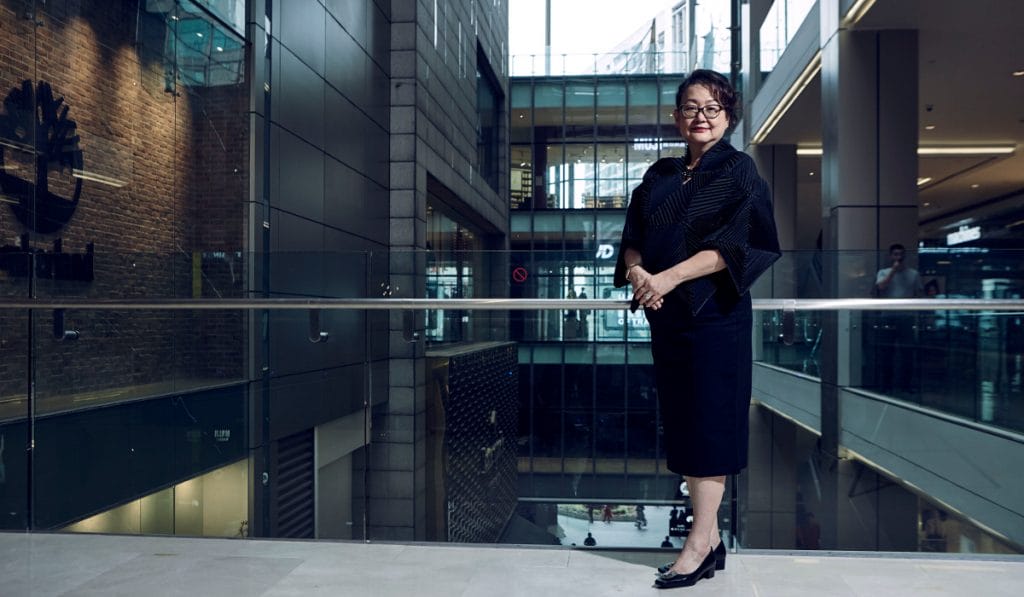Dato’ Joyce Yap
Chief Executive Officer – Retail, Kuala Lumpur Pavilion Sdn Bhd
We now find ourselves halfway through 2017. How has business been so far?
The sales trend is similar to previous years, where the Chinese New Year festive season registered higher sales followed by a decrease. Then, we expect retail sales to peak again during the school holiday season as it has done in the previous years.
Global trends indicate declining sales and profits in the retail sector. In march, malaysia’s consumer price index rose to an eightyear high at 5.1 per cent. However, the department of statistics malaysia reported that sales value of wholesale and retail trade registered an 8.3 per cent growth in february 2017, compared to february 2016. Could you shed some light on this yoyoing trend?
Despite the decreased consumer spending, growth is still evident in retail. Some retail companies are still charting growth and a great example is the Padini Group that recorded a net profit increase of 65 per cent for the second quarter of 2016. Hence, there is still opportunity to be capitalised in the market currently. Retailers simply have to evolve to stay competitive and relevant.
How do you see the malaysian retail scene faring in the next few years?
2017 is a year of consolidation. Brands are reviewing their store profitability, operational efficiencies, production capabilities and marketing campaigns to chart the direction for the future. Many brands are auditing their businesses and shutting down stores that are not profitable, and we can see a shift in focus to larger or flagship stores in strategic locations with high foot traffic.
The rising popularity of e-commerce and online shopping cannot be ignored as we see technology becoming integral to everyday life. How do you see this affecting consumer spending habits in malaysia?
We cannot ignore the power of e-commerce. In Malaysia, we are seeing a trend where brands are going online to fuel their business. However, consumers are also more value-conscious these days, and adopt a selective emotional buying habit. Sensory experiences cannot be replicated online and we can see that the mall culture is still strong in Malaysia. In fact, malls are advancing and incorporating technology to provide shopping convenience and innovation to consumers. Even online businesses are moving into the physical realm as consumers want a shopping experience with engagement on a personal level that makes them feel a closer connection to the brand.
How can physical retailers evolve to remain competitive in this rapidly changing landscape?
Retailers are smart and skilled entrepreneurs. They have always been able to adapt to changes, and with the threat of online retailers, I believe more retailers will be advancing into omni-channel retailing to capitalise on the online consumer market. Online retailers are setting up physical stores, while traditional retailers are now building a strong presence online. Over time, retailers will encompass both the physical and virtual realm, bringing on a new dimension of excitement to both online and offline shopping experiences.
Finally, what can be done to stimulate malaysia’s retail sector?
For mall developers and managers, it is imperative to know the market, audience and trends. It is constantly evolving, especially consumer wants and needs, so one has to adapt the necessary changes to stay competitive. For retailers, it is important to choose the right location based on their targeted audience. For the government, it is crucial to facilitate the current issues plaguing the retail industry, such as human resources, immigration, licensing pertaining to store licences and advertisements, music royalty and more.



